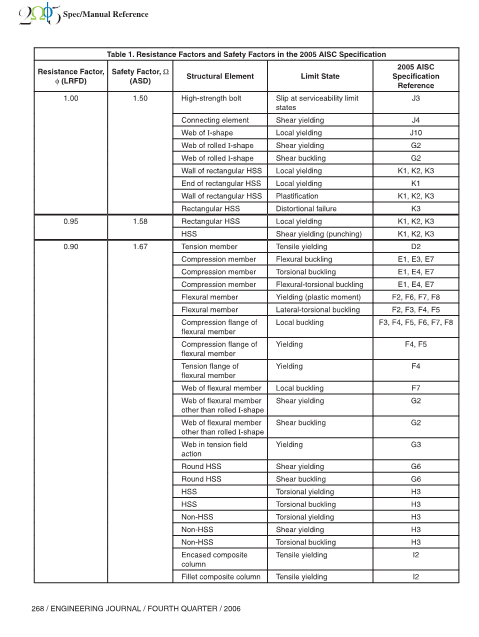Hello,
I am a mech. engineer who often uses AISC design guides for designing frames and other steel structures. In our industry we are required by mil. spec to have a factor of safety of 5X to ultimate on the equipment we design/build. When using the ASD method what are your thoughts on coming up with ASD inputs corresponding to a simple FOS? For example, what I typically do is take Load*5/1.67 as my input. As I understand this would account for the 5X factor of safety with an omega=1.67.
Thanks
I am a mech. engineer who often uses AISC design guides for designing frames and other steel structures. In our industry we are required by mil. spec to have a factor of safety of 5X to ultimate on the equipment we design/build. When using the ASD method what are your thoughts on coming up with ASD inputs corresponding to a simple FOS? For example, what I typically do is take Load*5/1.67 as my input. As I understand this would account for the 5X factor of safety with an omega=1.67.
Thanks

